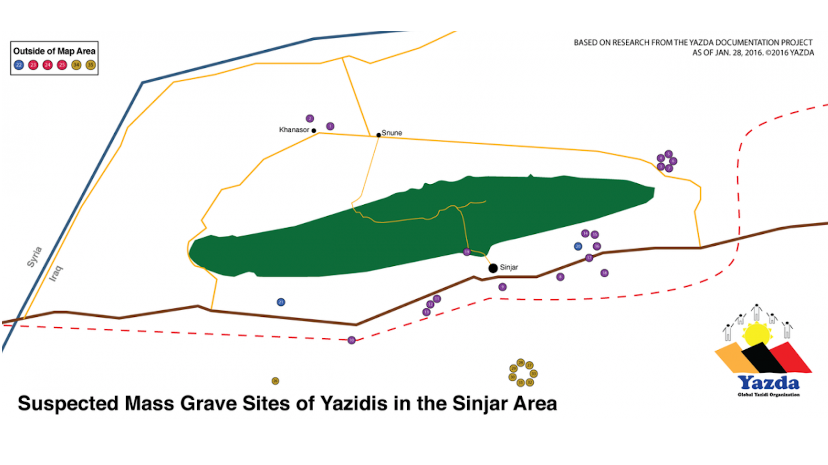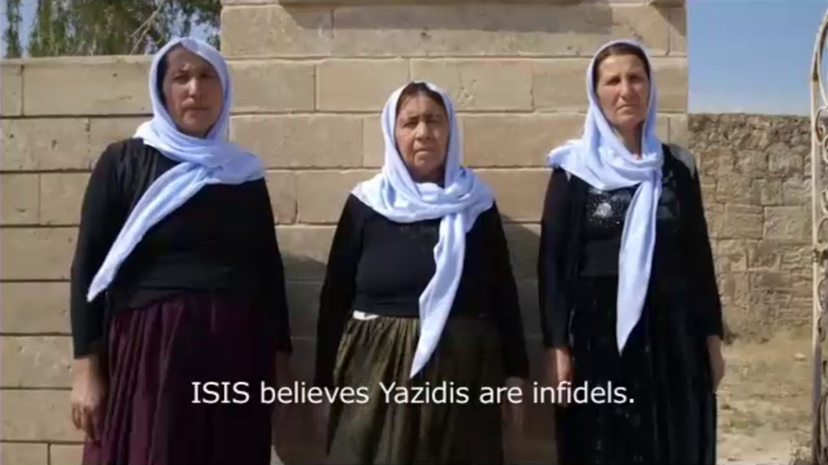Iraq
After the collapse of the Ottoman Empire, Iraq became a British colony, and gained independence as a kingdom in 1932. For the next 35 years, consecutive coups moved political power from the monarchy to the armed forces, destabilizing the region.
In 1979, Saddam Hussein rose to power as Iraq’s President and led a dictatorship marked by human rights abuses, political oppression, massive repression and division among Iraq’s religious and ethnic populations. One affected group was the Yazidis, an ethnic and religious population based in northern Iraq who practice Yazidism, considered one of the oldest religions in the Middle East. Throughout their history, Yazidis have been the target numerous genocidal campaigns by various radical groups.
In 2014, the self-proclaimed Islamic State (IS or ISIS), locally known as Daesh invaded northern Iraq and began a violent campaign against religious minority communities in the region, including both Christians and Muslims. As part of its deliberate campaign of terror, IS singled out Yazidi populations for genocide, killing thousands of people.















